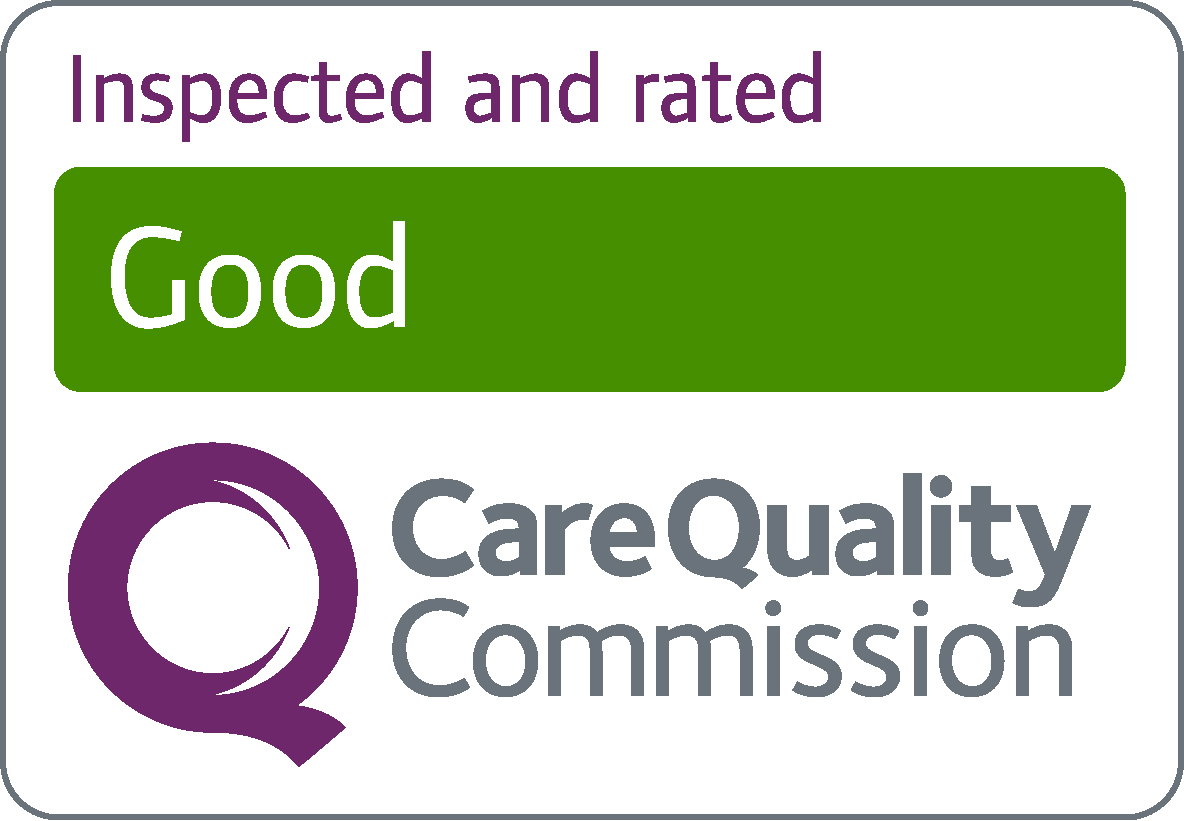Cholesterol Management
Cricketfield are optimising cholesterol management for healthier hearts and brains
Here at the Cricketfield GP surgery, we are committed to providing you with the most up-to-date and effective care. We want to inform our patients about recent updates to national general practice guidelines regarding cholesterol management, designed to better protect those with existing cardiovascular disease (CVD) and offer enhanced prevention for individuals at higher risk to stop them developing CVD.
These updated general practice guidelines reinforce the importance of a two-pronged approach: lifestyle modifications and, where appropriate, medication. The aim is to achieve lower cholesterol levels, particularly “bad” cholesterol (LDL-C and non-HDL-C), to significantly reduce the risk of heart attacks, strokes and dementia.
Over the coming months, our practice team will be reaching out to you, usually by text, to check your cholesterol and other heart health measures such as blood pressure. We will be offering advice regarding lifestyle and treatment and then monitoring that treatment is effectively lowering your risk and preserving or improving your heart and brain health.
We will be reaching out to those identified as most at risk from raised cholesterol, but if you are aged between 40-74 years without any pre-existing conditions and have not yet had a 5 yearly NHS Health Check – NHS with us at the surgery where we measure blood pressure and cholesterol, then please do contact us to book for this check-up.
Why the focus on cholesterol?
Cholesterol is a fatty substance essential for many bodily functions. It comes in our diet but also our own liver makes it. However, too much “bad” cholesterol can lead to a build-up of fatty deposits in your arteries, narrowing them and restricting blood flow. This process, known as atherosclerosis, is the underlying cause of many cardiovascular diseases such as heart attacks and strokes. It’s also important to note that managing cholesterol and other cardiovascular risk factors can have positive implications for your brain health and may reduce the risk of dementia in later life.
Updated targets for cholesterol levels
The new guidelines highlight more specific targets for cholesterol levels, particularly for those with existing CVD or at higher risk:
- For primary prevention (those without existing CVD but at higher risk): The focus is on achieving a greater than 40% reduction in non-HDL “bad” cholesterol. Your GP will use a risk assessment tool called the Qrisk score, to determine your individual risk and discuss appropriate targets with you.
- For secondary prevention (those with existing CVD, e.g., after a heart attack or stroke): The aim is to achieve “bad” cholesterol of 2.6 mmol/L or below.
The power of lifestyle
Even small changes to your daily habits can make a significant difference in lowering your cholesterol:
- Heart-healthy diet: Focus on reducing saturated and trans fats found in fatty red meat, full-fat dairy, and many processed foods. Instead, where possible embrace a diet rich in fruits, vegetables (can be frozen!), whole grains, lean proteins (like fish and poultry), and healthy fats found in olive oil, nuts, and seeds. Increasing soluble fibre (oats, beans, apples) can also help.
- Regular physical activity: Aim for at least 150 minutes of moderate-intensity exercise per week. This could include brisk walking, cycling, swimming, or anything that gets your heart rate up. For some it might mean doing body weight exercises at home or in your chair or bed if you are less mobile Sitting exercises – NHS; Strength exercises – NHS
- Lack of time can feel like a real obstacle. For example, 150 minutes could be 15 minutes per day in a 5 day working week, which could include a ten minutes brisk walk at lunch time pushing to get out of puff and 5 minutes “floor work” before bed for example. This could include only 3 compound exercises: plank, squats and push-ups. No gym, no cost. And then a longer faster paced walk at a weekend of little over an hour.
Compound Exercises: How They Help Support Healthy Aging
- Maintain a healthy weight: Losing even a small amount of weight can improve your cholesterol levels.
- Stop smoking: Smoking significantly harms your arteries and raises “bad” cholesterol. We offer support and resources to help you quit.
- Limit alcohol intake: 14 units weekly max for women and men. Excessive alcohol consumption can negatively impact your cholesterol, raise your blood pressure, and reduce overall heart health.
Medication: when it’s needed
For many, lifestyle changes alone may not be enough to reach the recommended cholesterol targets that have been shown to be protective, especially for those with existing CVD or very high risk. In these cases, medication, most commonly statins, plays a crucial role.
Statins work by reducing the production of cholesterol in the liver. They are highly effective and generally well-tolerated. Your GP will discuss whether statin therapy is appropriate for you, considering your individual risk factors and cholesterol levels. Other cholesterol-lowering medications may also be considered in certain situations, there are several medications we can now choose from so we can find one that suits you best.
What this means for you
If you have existing cardiovascular disease or have been identified as being at higher risk, the Cricketfield team will be reaching out to you to discuss these updated guidelines with you. We will work together to review your current cholesterol levels and develop a personalised plan that combines effective lifestyle strategies and, if necessary, appropriate medication to best protect your heart and brain health.
We encourage you to speak to us at your next appointment if you have any questions or concerns about your cholesterol levels or cardiovascular health.
Lipid modification – CVD prevention | Health topics A to Z | CKS | NICE
Cardiovascular Health Risk Assessment
